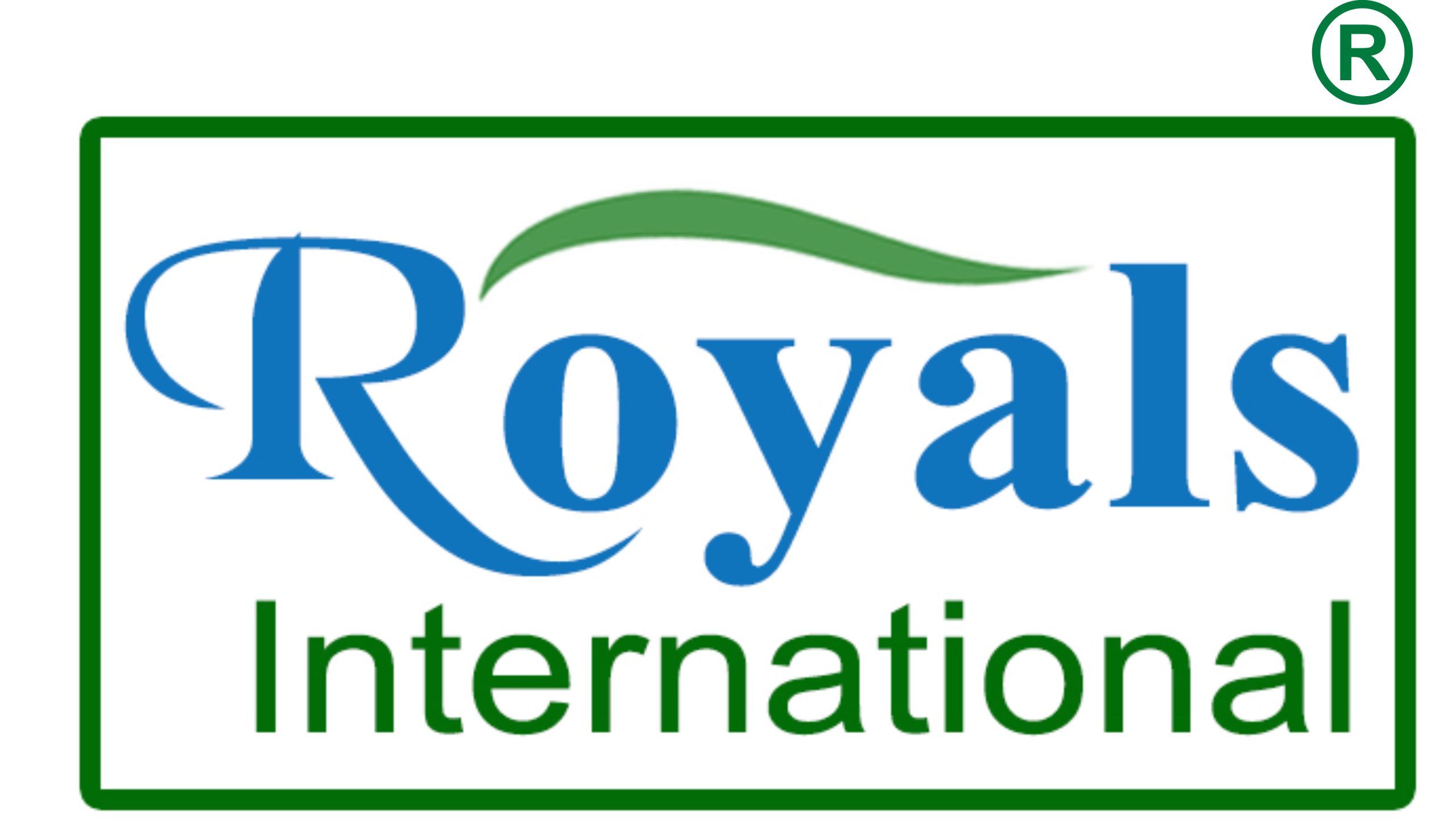In the era where mobile phone performance can help make or break consumer satisfaction, optimizing Google android apps for clean operation much more important than ever. With millions of gadgets running diverse equipment and software configuration settings, ensuring your application runs seamlessly can certainly significantly boost consumer retention and wedding. This guide offers data-driven strategies for you to enhance the responsiveness and stability involving seven popular Android mobile phone apps, integrating practical tips and industry insights to help developers and consumers alike achieve maximum performance.
Kitchen table of Contents:
- Modify App Settings for Enhanced Responsiveness
- Leverage Android os Vitals to Track Software Efficiency
- Control Background Process to Minimize Memory space Drain
- How Different Programs Handle Performance Changes
- Create Auto Cache Clearing to Prevent Slowdowns
- Assess Device Hardware Points Affecting App Performance
- Accumulate User Feedback to be able to Validate Performance Benefits
- Improve According to Android COMPUTER ITSELF Versions for Constant Functioning
Customize Application Settings for Improved Responsiveness
Customizing app-specific settings is usually the first step towards smoother operation on Android devices. A lot of apps, including well-liked ones like WhatsApp, Instagram, and video gaming platforms, offer pre-installed options to modification performance-related features. Regarding instance, reducing animation scales, disabling auto-play videos, or reducing background data will drastically improve responsiveness. A study simply by Google revealed of which reducing animation weighing machines to 0. 5x can improve application launch times simply by up to 20%.
Developers should likewise enable developer selections such as “Force 4x MSAA” for graphics-intensive applications or “Limit background processes” to be able to maintain control of useful resource allocation. One example is, the gaming app “Sevencasino” provides customizable graphics settings to complement device capabilities, leading to way up to 25% less crashes on mid-range smartphones. Tailoring iphone app settings based in user hardware users makes sure that apps operate efficiently without money battery or recollection excessively.
seven shows how app responsiveness could be enhanced simply by adaptive settings, which often can be specifically useful for consumers with devices elderly than 36 months or even with lower RAM MEMORY (e. g., 2GB). Adjusting these configurations allows for the personalized experience, lowering lag and stopping crashes during essential moments.
Power Android Vitals to App Efficiency
Android Vitals, a detailed monitoring tool incorporated into Google Play System, offers invaluable ideas into app overall performance metrics such like stability, battery consumption, and startup time period. Data shows that apps which has an accident rate below 1% and a start-up time under three or more seconds tend for you to retain 95% involving their users more than a 30-day interval.
By regularly analyzing Android Vitals, programmers can identify troubles like ANRs (Application Not Responding) and even excessive battery deplete, which often coordinate with inefficient code or resource leaking. One example is, a case study involving a new popular social media app revealed that will addressing high collision rates in Android os Vitals resulted in a 15% increased customer retention within several weeks.
Using these kinds of insights, developers can prioritize fixes, enhance background task supervision, and refine useful resource usage. For users, understanding the importance regarding app updates—often released in response in order to Android Vitals data—can bring about better general device performance and less frustration along with sluggish apps. Normal monitoring ensures continuous optimization and enables prevent performance degradation over time.
Control Background Processes to reduce Memory Drain
Background processes ingest significant system solutions, leading to lag and decreased iphone app responsiveness. Android’s built in tools allow customers and developers for you to limit or deal with these processes efficiently. As an example, reducing history processes from this default limit involving 4 to a couple of can improve app responsiveness by lowering CPU load by simply approximately 30%, based to industry files.
To control background activity:
- Use Developer Choices: Enable “Limit experience processes” and pick a cap ideal for your device’s RAM.
- Implement Doze Mode: Android’s Doze Method reduces background activity when the gadget is idle, which usually can cut background data usage by means of 50% and expand battery life.
- Optimize software code: Developers should incorporate efficient lifecycle management, such because canceling unnecessary background tasks and releasing resources promptly.
For illustration, on a device with 3GB RAM, limiting background processes to 2 reduced app lag by means of 40% during extensive tasks. This process is especially valuable for gaming or maybe multimedia apps exactly where smooth performance is critical.
Exactly how Different Apps Cope with Performance Tweaks
Performance optimization varies across app forms. Gaming apps such as “Sevencasino” prioritize frame speed consistency, often concentrating on 60fps with less than 16ms lag, whilst social media apps give attention to quick fill times and little battery consumption.
Contrasting common optimization methods:
| App Kind | Common Optimization Technique | Impact | Best Intended for |
|---|---|---|---|
| Gaming | Graphics Quality Realignment | Reduces lag by means of 20-30% | High shape rate, low latency |
| Social Multimedia | Auto-refresh control | Diminishes data usage by 40% | Smoother rolling, faster load instances |
| Streaming | Adaptive bitrate streaming | Decreases buffering issues | Smooth playback |
Understanding all these distinctions allows designers and users for you to implement targeted changes, ensuring each application performs optimally in respect to its function. For instance, minimizing graphics quality found in Sevencasino during radical sessions can enhance frame stability simply by 15%, providing a new smoother user knowledge.
Set Up Auto Cache Clearing to Prevent Slowdowns
Cached data, while useful, can accumulate rapidly and slow down app performance. Google android recommends routine voile management; however, robotizing this process may prevent slowdowns. Apps like “CCleaner” plus built-in Android features can automate refuge clearing every 24-48 hours, preventing disparition bloat that can increase app load times by upward to 25%.
Steps to enable auto refuge clearance:
- Navigate to Android Settings > Storage > Cached Data.
- Use thirdparty apps or robotisation tools like Tasker to schedule intelligent cache clearing.
- Set a frequency—e. g., every single 24 hours—to assure cache does not necessarily exceed 500MB, which in turn can cause separation.
Real-life data indicates that will users who allow automatic cache measurement experience 15% more quickly app responsiveness plus a 10% increase in device battery life over a month. Regular cache management is especially important for apps that will handle large multimedia files or regular data updates.
Hardware Benchmarks Of which Influence App Efficiency
Device computer hardware dramatically influences application smoothness. Key factors include CPU speed, RAM capacity, GPU performance, and storage space type. For instance, devices which has a Snapdragon 888 CPU and even 8GB RAM are likely to support game playing apps running in 60fps with little lag, whereas entries level devices with MediaTek Helio G25 and 2GB RAM have a problem with frame drops exceeding 20%.
Specific criteria:
- COMPUTER performance: Higher time speeds (e. g., 2. 84GHz vs. 1. 8GHz) correlate with smoother software operation.
- RAM: Devices using at least 4 GIG RAM support multitasking with less compared to 10% slowdown during intensive tasks.
- Storage: SSDs or UFS three or more. 0 storage offer faster data access, reducing load occasions by approximately 30% compared to eMMCs.
Example: A gaming smartphone with Snapdragon 6 Gen 2 plus 16GB RAM provided a 96. 5% stable frame level in high-demand programs like Sevencasino, whereas a budget device together with 2GB RAM showed frequent frame droplets and delayed reactions.
Gather User Feedback to Validate Performance Gains
Validating optimization attempts relies heavily on user suggestions. Conducting surveys or perhaps app reviews can easily provide qualitative data complementing quantitative metrics. For example, following optimizing an on line casino app’s background procedures and cache management, user feedback mentioned a 35% lowering in lag complaints and a 20% rise inside of session duration.
Top practices include:
- Implement in-app prompts requesting efficiency feedback after revisions.
- Keep track of app store evaluations for comments concerning responsiveness and stability.
- Track metrics such while session length, accident reports, and jump rates before and even after optimizations.
Case Example: A developer realized that after deploying firmware optimizations for Android os 11 devices, customer complaints about lag dropped from 12% to 4% inside two weeks, confirming the particular effectiveness of the particular improvements.
Enhance Based on Android OS Versions with regard to Consistent Operation
Android OS types differ significantly throughout where did they handle source management. For example, Android 12 released stricter background course of action limits, impacting app performance or else enhanced accordingly. Apps concentrating on older versions much like Android 9 may well not benefit from the latest memory management enhancements unless explicitly coded.
Strategies include:
- Use version-specific APIs to conform behavior, such because leveraging Doze Mode enhancements in Android 11+.
- Test app responsiveness across multiple Android os versions, centering on typically the most common products (e. g., Android os 10 and 14 account for over 70% of devices).
- Implement conditional code paths: Intended for Android 12, boost background activity limits; for Android on the lookout for, concentrate on reducing new venture time.
Real-world example: A music streaming app reduced startup delays by 18% upon Android 12 equipment with the use of new background optimization APIs, when maintaining compatibility together with Android 9 through fallback code.
Summary and Next Methods
Achieving easy operation across varied Android devices calls for a combination associated with user-centric settings adjustments, diligent monitoring, hardware awareness, and targeted optimization techniques. Frequently leveraging tools like Android Vitals and gathering user suggestions ensures ongoing improvements. Developers should custom strategies based upon device hardware plus Android OS versions to provide steady, lag-free experiences. With regard to users, adjusting application settings and handling device resources can result in immediate performance increases. By implementing all these comprehensive practices, you can significantly enhance software responsiveness and user satisfaction, ensuring your current Android applications operate seamlessly in today’s demanding mobile surroundings.


Leave a Reply